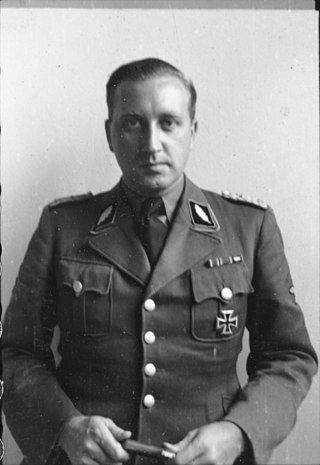
Helmut Herbert Christian Heinrich Knochen was the senior commander of the Sicherheitspolizei and Sicherheitsdienst in Paris during the Nazi occupation of France in World War II. He was sentenced to death first by a British military court in 1947, and then a French military court in 1954. After his sentences were commuted and reduced a few times, he was pardoned by President Charles de Gaulle and released in 1962.

Jacques Feyder was a Belgian film director, screenwriter and actor who worked principally in France, but also in the US, Britain and Germany. He was a director of silent films during the 1920s, and in the 1930s he became associated with the style of poetic realism in French cinema. He adopted French nationality in 1928.
Lazare Meerson (1900–1938) was a French cinema art director. After emigrating from Soviet Russia in the early 1920s, he worked on French films of the late silent cinema and the early 1930s, particularly those directed by René Clair and Jacques Feyder. He worked in England during the last two years of his life. He had great influence on film set design in France in the years before World War II.
"New men" refers to various socially upwardly mobile groups in England during the late Middle Ages.

Jean Grémillon was a French film director.

Raymond Bernard was a French film director and screenwriter whose career spanned more than 40 years. He is best remembered for several large-scale historical productions, including the silent films Le Miracle des loups and Le Joueur d'échecs and in the 1930s Les Croix de bois and a highly regarded adaptation of Les Misérables.
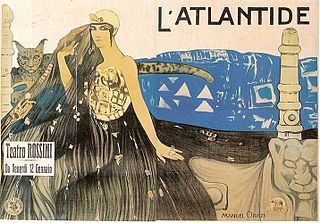
L'Atlantide is a 1921 French-Belgian silent film directed by Jacques Feyder, and the first of several adaptations of the best-selling novel L'Atlantide by Pierre Benoit. It was also released under various English titles at different times.
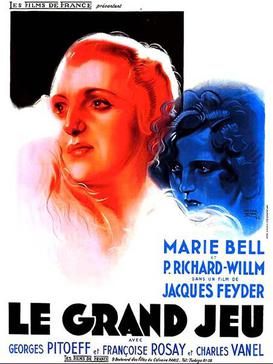
Le Grand Jeu is a 1934 French drama film directed by Jacques Feyder and starring Pierre Richard-Willm, Marie Bell, Charles Vanel and Françoise Rosay. It is a romantic drama set against the background of the French Foreign Legion, and the film was an example of poetic realism in the French cinema. The title Le Grand Jeu refers to the practice of reading the cards. Blanche asks whether her client wants the 'full works', the whole story: "Alors... je te fais le grand jeu?"
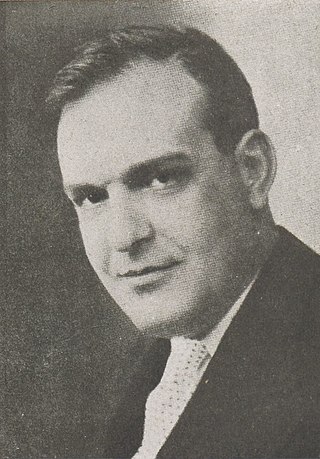
Charles Spaak was a Belgian screenwriter who was noted particularly for his work in the French cinema during the 1930s. He was the son of the dramatist and poet Paul Spaak, the brother of the politician Paul-Henri Spaak, and the father of the actresses Catherine Spaak and Agnès Spaak.
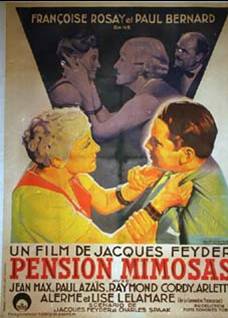
Pension Mimosas is a 1935 French drama film directed by Jacques Feyder. Based on an original scenario by Feyder and Charles Spaak, it is a psychological drama set largely in a small hotel on the Côte d'Azur, and it provided Françoise Rosay with one of the most substantial acting roles of her career. It was produced by the French subsidiary of the German company Tobis Film.
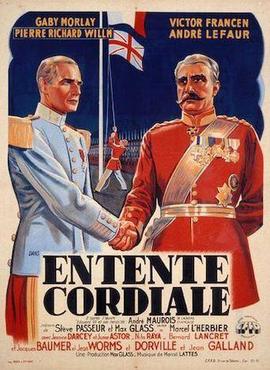
Entente cordiale is a 1939 French drama film directed by Marcel L'Herbier and starring Gaby Morlay, Victor Francen and Pierre Richard-Willm. The film depicts events between the Fashoda crisis in 1898 and the 1904 signing of the Entente Cordiale creating an alliance between Britain and France and ending their historic rivalry. It was based on the book King Edward VII and His Times by André Maurois. It was made with an eye to its propaganda value, following the Munich Agreement of September 1938 and in anticipation of the outbreak of a Second World War which would test the bonds between Britain and France in a conflict with Nazi Germany.

Gaby Morlay was a film actress from France.

Back Streets of Paris is a 1946 French crime film directed by Marcel Blistène. Jacques Feyder also contributed to the film in the role of artistic director.
Léonce-Henri Burel was a French cinematographer whose career extended from the silent era until the early 1970s. He was the director of photography on more than 120 films, working almost exclusively in black-and-white.

Sacred Woods is a 1939 French comedy film directed by Léon Mathot and starring Elvire Popesco, Gaby Morlay and Victor Boucher. It was based on a play by Robert de Flers and Gaston Arman de Caillavet which had previously been made into a 1915 Italian film by Carmine Gallone. The film's sets were designed by the art director Robert Gys.
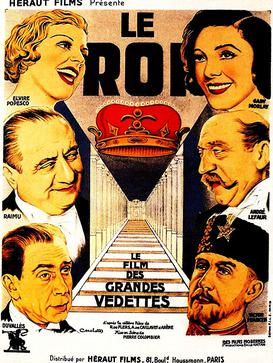
The King is a 1936 French comedy film directed by Pierre Colombier and starring Victor Francen, Raimu and Gaby Morlay. King Jean IV of Cerdagne visits Paris to sign an important treaty where he becomes involved with an actress and a dishonest Senator.
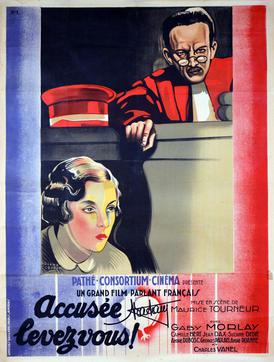
Accused, Stand Up! is a 1930 French crime film directed by Maurice Tourneur and starring Gaby Morlay, Suzanne Delvé and Camille Bert. After the two female stars of a Parisian cabaret are seen arguing, one of them turns up dead. This leads to the arrest and trial of the other until the real culprit is caught.
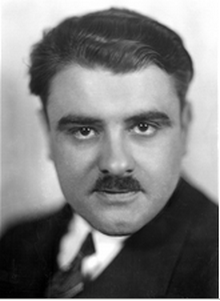
Max Bonnafous was a French sociologist who was Minister of Agriculture and Supplies from 1942 to 1944 in the Vichy government.

Montmartre is a 1931 French drama film directed by Raymond Bernard and starring Gaby Morlay, Line Noro and Florelle. Two sisters struggle to stay above water in the poverty-stricken suburbs of Paris. It was a remake of a 1925 silent film Montmartre that had also starred Morlay.
















